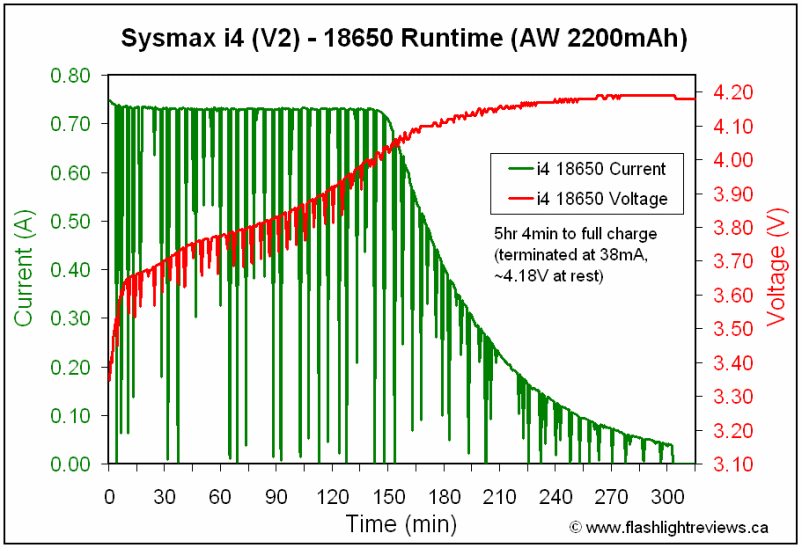HKJ
Flashaholic
Cool review. What happens with all 4 slots charging the same or different batteries? Is that all 4 charging at 750 mAh? That would likely fry the RCR123s I use protected or unprotected. The WF138 or WF139 charger is pretty safe and the only reason I';d buy this is to charge 4 at a time, but not at the expense of cooking the batteries.
Was there any tests done to monitor battery temperature with your review? This is usually a major concern and factor in choosing a new charger.
How effective is this charger at reviving older battteries that will not take a charge on other smart chargers. I'd like to kickstart a bunch of over terminated RCR123s that I can only sometimes fool into charging on my WF138/9 charger.
When using two slots, with a shared charge circuit, the battery will only be charged half the time, but with the full current. I.e. the charge time is nearly double up. 750mA is not a problem for RCR123/16340 batteries, it is a 1C charge and they can handle that.
The charger does not have anything preventing it from charging a low battery, this is not really possible when it also has to charge NiMH.


